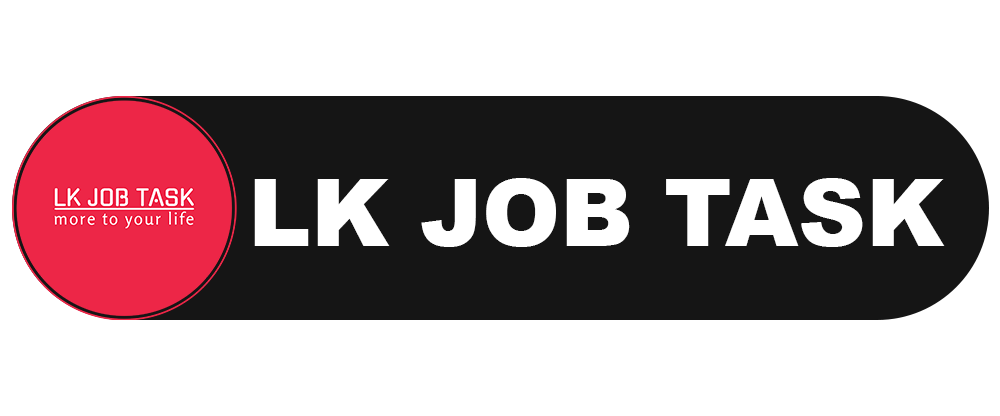In the age of individuality and self-expression, the art of sewing has transcended the realms of necessity to become a medium for personal creativity and entrepreneurship. Starting a cloth sewing business at home is not just about crafting garments; it's about weaving dreams, fashioning a livelihood, and embracing the joy of creating something tangible with your own hands.
I. Setting the Stage: Preparing Your Home
Workshop
Creating a Dedicated Workspace:
Designate a specific area in your home for your sewing endeavors. Whether it's a spare room, a corner in the living room, or a well-lit space in the garage, having a dedicated sewing area fosters focus and creativity. This space should be well-organized, with shelves or containers to store different types of fabrics, threads, and other sewing supplies. Make sure to have a comfortable chair and good lighting to avoid strain during long sewing sessions.
Investing in Essential Equipment:
Equip your home workshop with the necessary tools. A reliable sewing machine is the backbone of your business, so invest in one that suits your needs and budget. Along with the sewing machine, a cutting table, a good pair of scissors, measuring tools like a tape measure and rulers, and storage solutions for fabrics and supplies are fundamental for a well-functioning sewing space. Consider investing in additional accessories such as different presser feet, a serger machine, and an ironing board to enhance your sewing capabilities.
Mastering the Craft: Building Your Sewing
Skills
Education and Skill Development:
If you're new to sewing, consider enrolling in sewing classes or exploring online tutorials. Learning from experienced instructors will provide you with a strong foundation and help you understand he basics of sewing techniques, such as stitching, hemming, and buttonhole making. Understanding patterns and becoming familiar with different types of fabrics and their characteristics is also crucial. Practice makes perfect, so take advantage of the wealth of resources available to improve your sewing skills.
Practice and Experimentation:
Before diving into client projects, spend time practicing and experimenting with various fabrics and patterns. This not only enhances your skills but also allows you to build a portfolio showcasing your capabilities. Create different garments, try out different sewing techniques, and experiment with various fabric combinations. This will not only help you hone your skills but also give you the confidence to take on a diverse range of client requests in the future.
Defining Your Niche:
Identify your sewing niche. Are you passionate about crafting casual wear, formal attire, or perhaps specialized items like children's clothing or accessories? Defining your niche helps target your audience and sets your business apart. Consider your personal style, market demand, and your own expertise when deciding on your sewing niche. Specializing in a particular area can help you build a strong brand and attract loyal customers.
Pricing and Cost Analysis:
Determining your pricing structure is crucial for a successful sewing business. Consider the cost of materials, your time, and any additional expenses such as packaging and shipping. Research the market to ensure your pricing is competitive while reflecting the value of your craftsmanship. It's important to strike a balance between affordability for your target market and profitability for your business. Keep in mind that your pricing can evolve as your business grows and as you gain more experience and recognition in the industry.
Registering Your Business:
Before officially starting your home-based sewing business, check local regulations and register your venture. This may involve obtaining a business license or complying with specific zoning requirements for home businesses. Research the legal obligations and permits required in your area to ensure you are operating within the law.
Understanding
Tax Obligations:
Familiarize yourself with tax regulations for small businesses. Keep detailed records of your income and expenses, and consider consulting with a tax professional to ensure compliance. Understanding your tax obligations will help you avoid any potential issues in the future and ensure that you are operating your business smoothly and ethically.
Creating a Portfolio:
Assemble a portfolio showcasing your completed projects. High-quality photographs of your work, along with detailed descriptions, provide potential clients with a glimpse of your skills and style. Organize your portfolio by categories such as casual wear, formal wear, or specialized items. Highlight your unique selling points and the aspects of your work that set you apart from competitors. Ensure that your portfolio is easily accessible, both digitally and in print, to share with potential clients, retailers, or fashion influencers.
Utilizing Social Media:
Harness the power of social media to showcase your creations. Create accounts on platforms like Instagram or Pinterest to share your designs, engage with potential clients, and build a community around your brand. Regularly post high-quality images of your sewing projects, provide valuable insights and tips, and interact with your followers. Utilize hashtags to reach a wider audience and collaborate with other sewing enthusiasts or fashion influencers to expand your brand's reach.
Communication and Collaboration:
Establish clear communication channels with your clients. Discuss design preferences, fabric choices, and timelines. Listen attentively to their ideas, and provide professional guidance based on your expertise. Clear communication and collaboration are key to ensuring the final product meets or exceeds their expectations. Keep your clients updated on the progress of their projects, and be open to any revisions or adjustments they may request.
Building a Reputation:
Deliver exceptional quality and service to build
a positive reputation. Satisfied clients are likely to recommend your services
and become repeat customers, contributing to the growth of your sewing
business. Pay attention to even the smallest details, such as neat stitching
and precise measurements. Aim for perfection in every project, and consistently
deliver on your promises. Word-of-mouth recommendations and positive reviews
are invaluable in the sewing industry, so prioritize customer satisfaction and ensure
that each client leaves with a smile.
Following Fashion Trends:
Stay informed about current fashion trends to meet the evolving preferences of your clients. Keep an eye on fashion shows, read industry publications, and observe market demands. Experiment with different fabrics, styles, and techniques to stay ahead of the curve. While it's important to stay true to your personal style, being able to adapt and incorporate current trends into your work will keep your designs fresh and appealing to a wider range of customers.
Expanding Your Offerings:
Consider expanding your range of services over time. This could involve offering alterations, custom fittings, or even sewing workshops to share your expertise with others. Stay receptive to new opportunities and explore collaborations with other creative individuals or business owners. By diversifying your offerings, you can attract a broader customer base and increase your revenue streams. Continuously seek ways to grow and evolve your sewing business to stay relevant in the dynamic market.
Conclusion: Crafting a Business, One Stitch at a
Time
Starting a cloth sewing business at home is not merely a job; it's a journey of self-expression, creativity, and entrepreneurship. With dedication, continuous learning, and a passion for the art of sewing, your home-based business can evolve into a thriving venture, stitching together not just fabric but dreams and aspirations. So, thread your needle, unfurl your fabrics, and embark on a sewing adventure that transforms your passion into a fulfilling and rewarding profession.












Comment your thoughts below